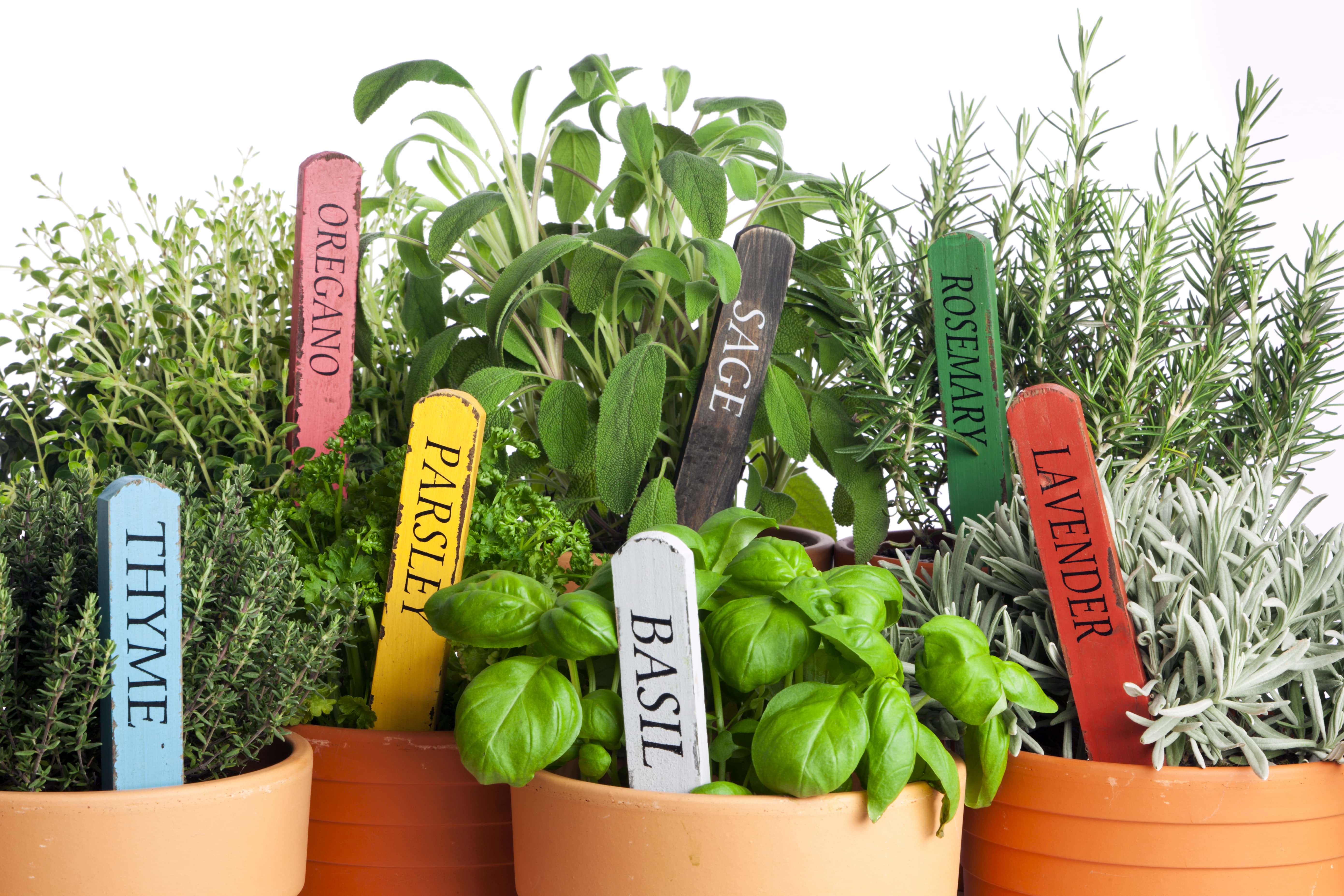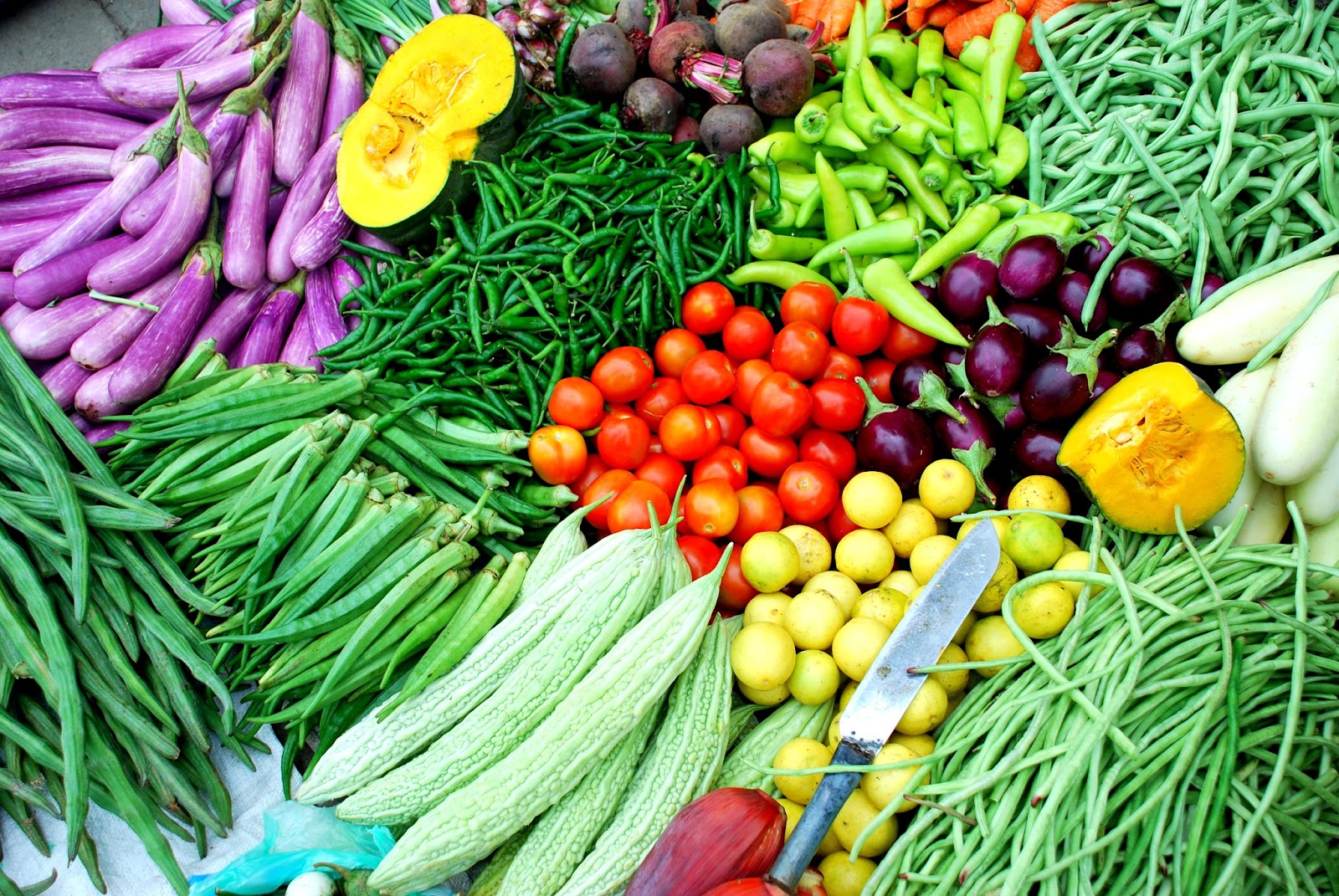The Joy of Growing Your Own Vegetables and Herbs: An Overview
Starting a vegetable and herb garden can be a rewarding and fulfilling experience. By growing your own produce, you’ll not only enjoy the fruits of your labor but also reap numerous benefits. Fresh vegetables and herbs offer unparalleled flavor and nutritional value compared to store-bought options. Moreover, gardening provides an opportunity to connect with nature, reduce stress, and foster a sense of accomplishment. Learning how to start a vegetable and herb garden is an invaluable skill that can lead to long-term cost savings and self-sufficiency.
Choosing the Right Location: Factors to Consider
Selecting the ideal location for your vegetable and herb garden is crucial for its success. Start by assessing the amount of sunlight your garden will receive, as most vegetables and herbs require at least six hours of direct sunlight daily. Avoid areas with heavy shade, as this can hinder growth and reduce yield. Additionally, consider soil quality by testing for pH levels, nutrient content, and drainage. Aim for a slightly acidic to neutral soil pH (6.0 to 7.0) for optimal growth. Accessibility is another key factor when choosing a location. Place your garden in an area that is convenient to maintain, water, and harvest. This will encourage regular care and ensure your garden remains healthy and productive. By carefully considering these factors, you’ll be well on your way to creating a thriving vegetable and herb garden.
Preparing the Soil: Tips for a Healthy Garden Bed
Preparing the soil is a vital step in creating a successful vegetable and herb garden. Start by testing the soil pH to ensure it falls within the optimal range of 6.0 to 7.0. You can purchase a soil test kit from a local garden center or send a sample to a laboratory for a more detailed analysis. Next, enrich your soil by adding organic matter, such as compost, well-rotted manure, or leaf mold. Organic matter improves soil structure, increases water retention, and provides essential nutrients for plant growth. Spread a 2- to 3-inch layer of organic matter over the garden bed and mix it into the top 6 to 8 inches of soil.
Proper drainage is also crucial for a healthy garden bed. Avoid areas with poor drainage, as standing water can lead to root rot and other diseases. If necessary, improve drainage by amending heavy clay soils with sand or perlite or by raising the garden bed to promote better water runoff.
Selecting Vegetables and Herbs: What to Plant
When deciding what to plant in your vegetable and herb garden, consider your region, climate, and personal preferences. Research which plants thrive in your area and select a variety of vegetables and herbs to ensure a diverse and bountiful harvest. Popular vegetables for home gardens include tomatoes, peppers, cucumbers, zucchini, and lettuce. Herbs such as basil, parsley, cilantro, mint, and rosemary are also excellent choices for beginners.
To maximize your garden’s potential, consider planting a mix of cool- and warm-season vegetables. Cool-season vegetables, like broccoli, peas, and spinach, can be planted in early spring or fall, while warm-season vegetables, such as eggplant, melons, and okra, thrive in the heat of summer.
Additionally, choose plants that cater to your culinary preferences. If you enjoy Italian cuisine, consider growing tomatoes, basil, and oregano. For fans of Asian dishes, opt for bok choy, ginger, and lemongrass. By selecting plants that align with your tastes, you’ll ensure a steady supply of fresh ingredients for your favorite meals.
Planting Techniques: Ensuring Successful Growth
Proper planting techniques are essential for ensuring the successful growth of your vegetables and herbs. Begin by spacing your plants according to their specific needs, as overcrowding can lead to reduced growth and increased susceptibility to disease. Consult seed packets or plant tags for recommended spacing guidelines. When planting, dig a hole slightly deeper and wider than the root ball. Gently loosen the roots before placing the plant in the hole, ensuring the top of the root ball is level with the surrounding soil. Backfill the hole with a mixture of garden soil and compost, firming the soil around the base of the plant to provide stability.
Watering methods play a crucial role in the health of your garden. Immediately after planting, water your vegetables and herbs thoroughly, ensuring the soil is evenly moist. Thereafter, establish a consistent watering schedule based on your region’s climate and the specific needs of your plants. As a general rule, aim to keep the soil consistently moist but not waterlogged, as this can lead to root rot and other diseases.
Caring for Your Garden: Maintenance Tips
To keep your vegetable and herb garden thriving, implement a consistent maintenance routine. Establish a watering schedule based on your region’s climate and the specific needs of your plants. As a general guideline, aim to water your garden early in the day, providing enough moisture to keep the soil consistently moist but not waterlogged. This practice helps prevent evaporation and ensures your plants receive the necessary hydration. Fertilizing your garden is another essential maintenance task. Choose a balanced, organic fertilizer to promote healthy growth and improve soil fertility. Follow the manufacturer’s instructions for application rates and timing. Regularly monitor your garden for signs of nutrient deficiencies, such as yellowing leaves or stunted growth, and adjust your fertilization schedule accordingly.
Pest control is crucial for maintaining a healthy garden. Begin by identifying common pests in your region and learn about the damage they cause. Implement preventative measures, such as using row covers, intercropping, and encouraging beneficial insects, to minimize pest issues. If pests become problematic, opt for organic pest control methods, like insecticidal soap or neem oil, to protect your plants without harming the environment.
Harvesting and Storing Your Produce: Enjoying the Fruits of Your Labor
Harvesting your vegetables and herbs at the right time ensures optimal flavor and nutritional value. Regularly monitor your plants for signs of maturity, and consult seed packets or plant tags for specific harvesting guidelines. Generally, harvest vegetables when they reach their full size and have developed a firm texture and vibrant color. Harvest herbs before they flower, as this is when their flavor is most intense. To maintain the freshness of your produce, handle it gently during harvest. Use clean, sharp tools to avoid damaging the plants, and store your harvest in a cool, dry place as soon as possible.
Different vegetables and herbs require specific storage methods to preserve their quality. For example, store leafy greens in the crisper drawer of your refrigerator, wrapped in damp paper towels to maintain moisture. Root vegetables, like carrots and beets, should be stored in a cool, dark place to prevent sprouting and maintain crispness.
To extend the shelf life of herbs, consider preserving them through drying or freezing. Hang bunches of herbs upside down in a well-ventilated area to dry, or chop and freeze them in ice cube trays filled with water or olive oil for later use in cooking.
Expanding Your Garden: Taking It to the Next Level
Once you’ve gained experience and confidence in your vegetable and herb gardening skills, consider expanding your garden to maximize its potential. Implementing innovative and creative concepts can enhance productivity, increase variety, and create visual interest. Vertical gardening is an excellent option for gardeners with limited space or those looking to maximize production. Train climbing plants, like beans and cucumbers, to grow up trellises, teepees, or fences. Utilize hanging baskets or wall-mounted planters for herbs and small vegetables, like lettuce and strawberries. Vertical gardening not only saves space but also improves air circulation, reducing the risk of disease.
Companion planting is another advanced technique that can benefit your garden. By pairing plants with complementary growth habits, you can improve soil health, reduce pest pressure, and enhance productivity. For example, plant basil near tomatoes to repel tomato hornworms, or intersperse marigolds throughout your garden to deter nematodes and other pests.
Seasonal rotations are essential for maintaining soil fertility and preventing disease. By changing the location of plants within your garden each season, you can disrupt pest life cycles, reduce the buildup of soil-borne diseases, and ensure that nutrients are evenly distributed throughout the garden bed. Plan your rotations based on plant families, as closely related plants often have similar nutrient requirements and pest susceptibilities.








/112781451-56a349f13df78cf7727cb903.jpg)